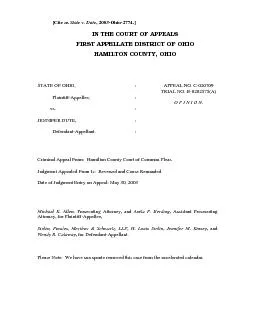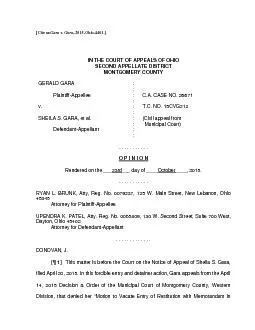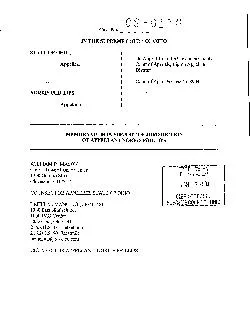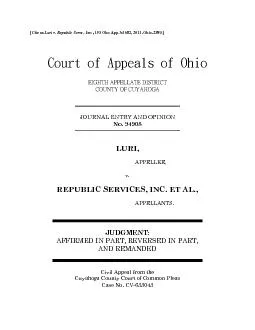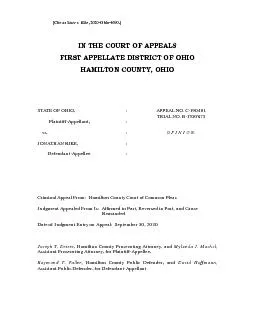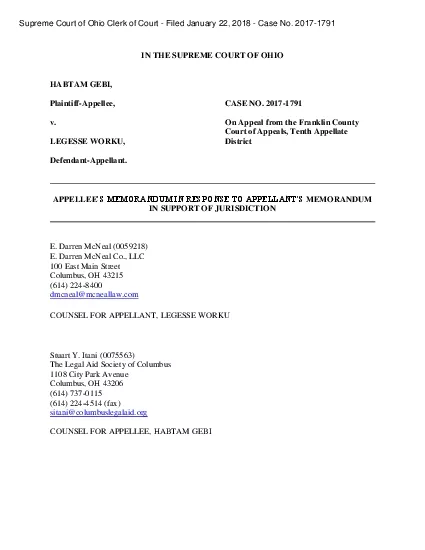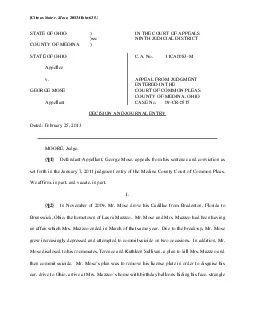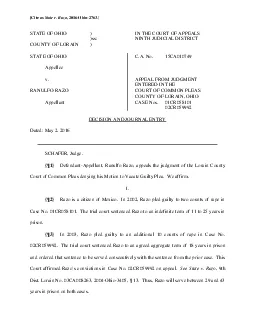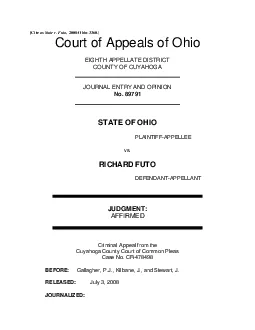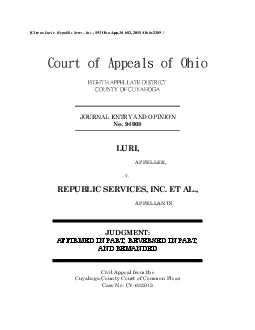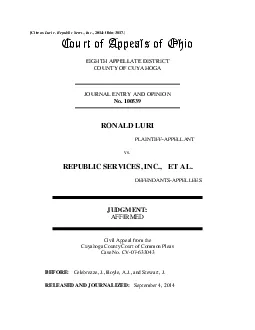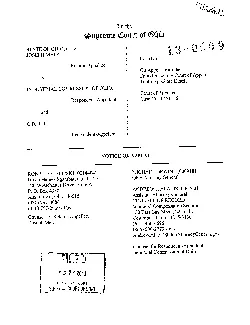PDF-[Cite as Educap, Inc. v. Gingery, 2014-Ohio-4138.]IN THE COURT OF APPE
Author : pasty-toler | Published Date : 2015-07-28
EDUCAP INC PLAINTIFFAPPELLANT CASE NO 31402 v ABIGAIL GINGERY O P I N I O N DEFENDANTAPPELLEE Appeal from Crawford County Common Pleas Court Trial Cou
Presentation Embed Code
Download Presentation
Download Presentation The PPT/PDF document "[Cite as Educap, Inc. v. Gingery, 2014-O..." is the property of its rightful owner. Permission is granted to download and print the materials on this website for personal, non-commercial use only, and to display it on your personal computer provided you do not modify the materials and that you retain all copyright notices contained in the materials. By downloading content from our website, you accept the terms of this agreement.
[Cite as Educap, Inc. v. Gingery, 2014-Ohio-4138.]IN THE COURT OF APPE: Transcript
Download Rules Of Document
"[Cite as Educap, Inc. v. Gingery, 2014-Ohio-4138.]IN THE COURT OF APPE"The content belongs to its owner. You may download and print it for personal use, without modification, and keep all copyright notices. By downloading, you agree to these terms.
Related Documents

![PDF-[Cite as Educap, Inc. v. Gingery, 2014-Ohio-4138.]IN THE COURT OF APPE](https://thumbs.docslides.com/95622/cite-as-educap-inc-v-gingery-2014-ohio-4138-in-the-cou.jpg)
![[Cite as Strange v. Lebanon Corr. Inst., 2011-Ohio-3853.]The Ohio Judi](https://thumbs.docslides.com/823644/cite-as-strange-v-lebanon-corr-inst-2011-ohio-3853-the-ohio-judi.jpg)
